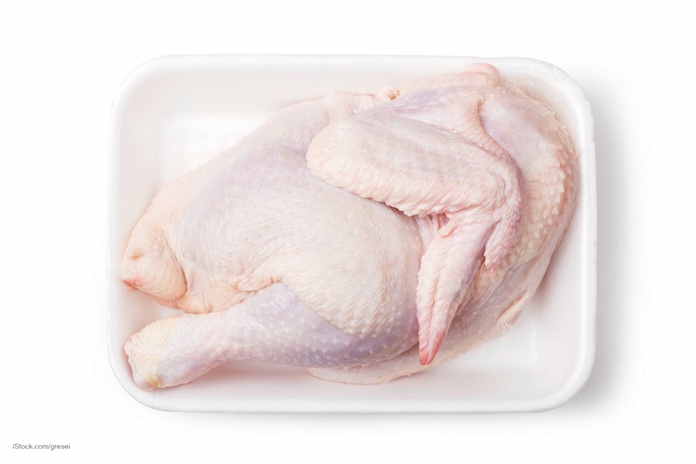
The most significant changes to the food safety system since the 1950s, enacted during the Obama administration, led to a 12 percent drop in the rate of food poisoning from meat, poultry and processed egg products, according to the U.S. Food and Drug Administartion (USDA). From 2009 to 2015, better testing methods, an emphasis on mislabeling, and improved scientific processes have helped the agency to more quickly identify food that is contaminated with pathogens or is mislabeled, the agency said.
“The United States has the strongest food safety system in the world, and over the past seven years it has grown even stronger. We’re better now at keeping unsafe food out of commerce, whether it’s made unsafe because of dangerous bacteria, or because of an allergen, like peanuts or wheat,” said Agriculture Secretary Tom Vilsack. “Over the course of this Administration, we have tightened our regulatory requirements for the meat and poultry industry, enhanced consumer engagement around safe food handling practices, and made smart changes to our own operations, ultimately moving the needle on the number of foodborne illness cases attributed to products that we regulate.”
The USDA outlined five changes in the last eight years that have led to improved food safety. The first is declaring six additional strains of E. coli adulterants in raw beef.
E. coli O157:H7 was declared and adulterant in the 1990s making it illegal to sell products contaminated with it. Because of increased awareness of the dangers of shiga-toxin producing E. coli (STEC), six more STEC strains known as the “Big Six” were declared adulterants in 2011. They are: E. coli O26, O103, O45, O111, O121 and O145.
The second change was requiring meat companies to label “mechanically tenderized” cuts of beef. This process, where steaks, cops or other cuts of meat are pierced with needles or small blades to break up tissue and make it more tender, can push pathogens from the surface into the interior of the meat altering its safe cooking temperature. To kill pathogens, cuts of meat must be cooked to an internal temperature of 145˚F while ground beef must be cooked to 160˚F. Cuts of meat that are mechanically tenderized must be treated like ground meat and cooked to an internal temperature of 160˚F. But without the required labelling, consumers did not know if the meat they were buying had been mechanically tenderized, and therefore could not know the proper temperature it should reach to be safe to eat.
The third change was setting pathogens for chicken parts. Even though most poultry is purchased in parts, such as wings, breasts or drumsticks, until February 2016, there were only pathogen standards for whole birds and ground poultry. The new standards are expected to prevent 50,000 cases of foodborne illness annually.
The fourth change was requiring poultry producers to create a plan to prevent Salmonella and Campylobacter, rather than trying to address contamination after it occurs. Poultry companies now have to collect samples for pathogen testing at two points on their production line.
The fifth change, which began in 2012, requires meat and poultry companies to hold products that are being tested for pathogens until tests results are available. The goal of the rule is to prevent tainted meat from entering the marketplace.




